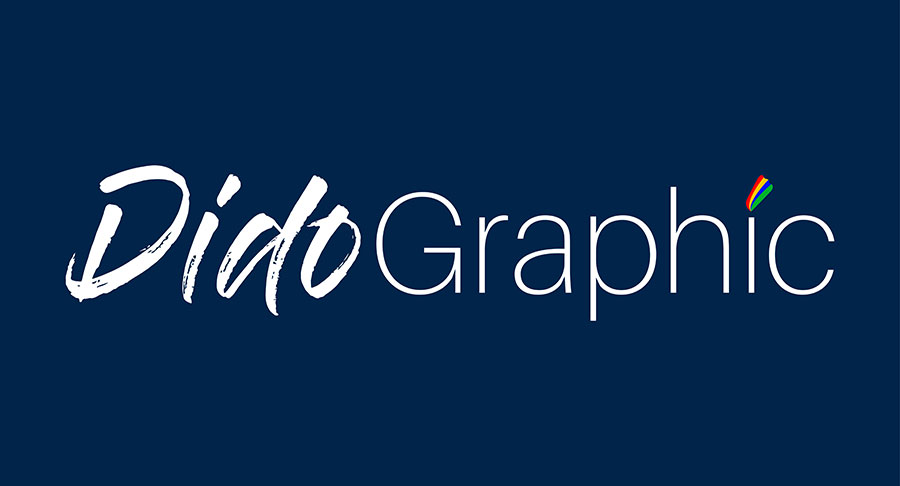Light Sensor Annotation: An Essential Tool For Data Analysis
Light sensor annotation helps unlock the value of sensor data. With the use of sensors to optimize processes and inform decision-making increasing, context is becoming increasingly crucial for raw data. A sensor annotation adds metadata to data, including timestamps, events, and locations, that help enhance data analysis, comprehension, and actionability.
This article will delve into light sensor annotation, exploring its significance in industries and applications and how it can be effectively implemented to drive better insights and outcomes.
What is Light Sensor Annotation?
A light sensor annotation provides context and meaning to raw sensor data by labeling or adding metadata.
It provides additional context and meaning to raw sensor data. When sensor data are analyzed without context, they can be complex and difficult to analyze. When annotations are added to data, it is easier to understand and can be used in many ways.
It is possible to manually or automatically annotate sensors. A person manually adds annotations to data in the manual annotation. The process can be time-consuming and requires some expertise. A software algorithm adds annotations to data automatically. While it can be more efficient, ensuring the accuracy of annotations requires careful consideration.
It is possible to provide context to data by adding annotations such as time stamps, location data, and other contextual information. It is possible, for instance, to provide a complete picture of sensor data from a car by annotating the data with time, location, and weather conditions.
Following best practices for light sensor annotation, such as defining the type of annotations required for the application, using consistent annotation standards, automating the annotation process, and validating annotations to ensure accuracy and completeness, are essential.
Several industries use light sensor annotation, including healthcare, transportation, and manufacturing. It can be used for various applications, including predictive maintenance, quality control, and process optimization. As the use of sensors continues to grow, sensor annotation will become increasingly important for making sense of the data generated by these devices.
Continue Reading: https://redsensors.com/light-sensor-annotation-2023/


Comments
Post a Comment